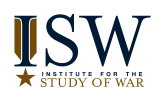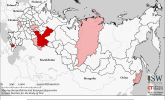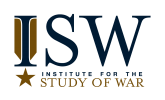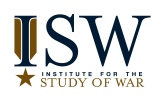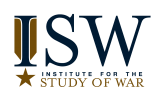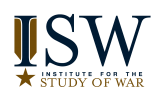Russian Offensive Campaign Assessment, July 17
July 17, 2022 - ISW Press
Russian forces are continuing a measured return from the operational pause and conducted limited ground attacks in Donetsk Oblast on July 17. As ISW has previously noted, the end of the Russian operational pause is unlikely to create a massive new wave of ground assaults across multiple axes of advance despite Russian Defense Minister Sergei Shoigu’s public order for exactly that. Russian troops are prioritizing advances around Siversk and Bakhmut while maintaining defensive positions north of Kharkiv City and along the Southern Axis. Russian forces continued to set conditions for resumed offensives toward Slovyansk, shelled settlements along the Izyum-Slovyansk salient, and otherwise conducted artillery, missile, and air strikes throughout Ukraine. The Russian Ministry of Defense notably did not claim any new territorial gains on July 17. ISW continues to forecast that the end of the operational pause will be characterized by a fluctuating and staggered resumption of ground offensives.


